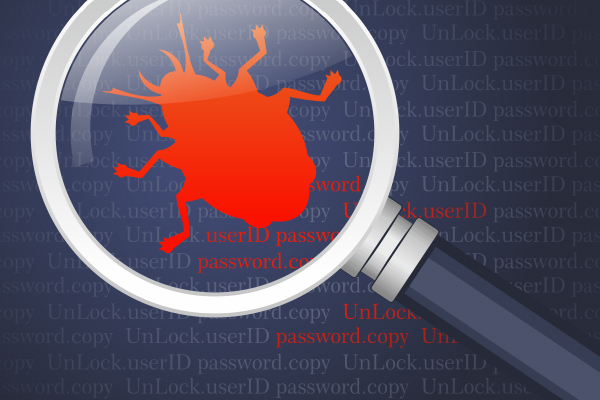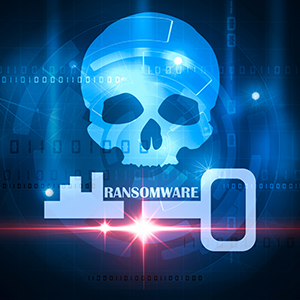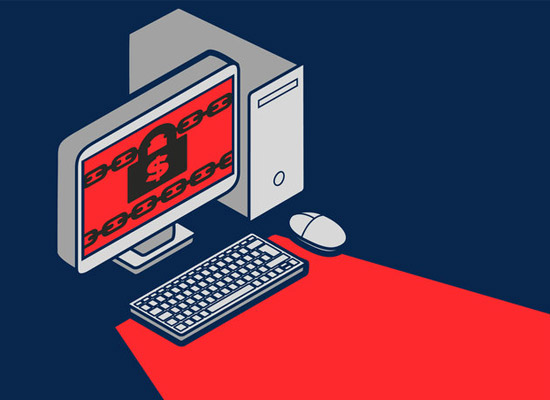FORRESTER ZERO TRUST MODEL OF INFORMATION SECURITY
Updated on October 22, 2022, by Xcitium
Most cybercrimes revolve around exploiting existing vulnerabilities due to the slow deployment of security patches. Another reason is the poor implementation of security policies. This is preventable through the Forrester zero trust model of information security.
What is the Forrester zero trust model of information security? It is a security model that replaces the old “castle and moat” approach and enforces the “never trust and always verify” principle. A user or device trying to connect to your network must pass identity verification first. Once successful, they gain network access with restrictions in place. Why is the Forrester zero trust model of information security important? Prevention is the solution to any problem, even in computing. Migrating to a zero trust security framework enforces threat prevention methods. Your network has protection against external, internal, and unknown threats. That is how strong this security model is. In the next section, you will learn about the different components of zero trust security framework, as well as the various amazing benefits of zero trust security framework.
THE COMPONENTS
A zero trust security framework creates micro-perimeter defenses around each network asset. The challenge here is applying this to the entire network. Here are the components of zero trust security framework:
Component #1: Visibility The foundation of zero trust network security is visibility. You cannot verify and secure what you cannot see. An unknown threat makes it difficult to counter it. Enforcing various security measures will make this threat visible. Always keep in mind the “never trust and always verify” principle.
Component #2: Automation Migrating to a zero trust network is both difficult and tiresome. It involves configuring, testing, and managing various settings in the network components. Strong implementation of security policies is mandatory. Automating this technical work is necessary because it reduces human error.
Component #3: Segmentation It is mandatory and a top priority to secure each network asset. This is the main goal of network segmentation or microsegmentation. Segmenting a network into smaller zones is the logic here. Protecting each segment and asset is tedious but prevents data breaches.
Component #4: Compliance PCI-DSS is the information security standard for organizations that handle credit card transactions. It stands for Payment Card Industry-Data Security Standard. It is compulsory for a business that accepts credit card payments to comply. Using a zero trust security framework aids in making your business compliant.
THE BENEFITS
Benefit #1: Lessens Technical Difficulty There will come a time that your business has to upgrade its network equipment. This will cost you money, time, and effort. You have to consider every technical detail for both hardware and software components. Doing this is impractical, tedious, and boring. You can avoid this scenario by using a cloud-based zero trust solution. A cloud service provider shoulders, handles, and manages the hardware and software for your business. This frees you from the stress and provides peace of mind.
Benefit #2: Solves Skill Shortage As technology advances, the tactics of cybercriminals also evolve. Your sensitive and confidential data are their prime target. Defending your network against them requires skills, but there are not enough cybersecurity professionals today. A cloud-based zero trust framework decreases the need to hire security experts. Your cloud service provider’s staff handles and manages your network security.
Benefit #3: Protects Data Protecting your clients’ and business’s data is a top priority. Someone trying to hack through your defenses will have a tough time. They will have to bypass all authentication methods for each asset and network segment. Even if an attacker manages to gain network access, restrictions still apply. This limits the potential damage they can do on the network.
Benefit #4: Provides Good User Experience It is stressful to remember your complex passwords whenever you are logging in. Zero trust model enforces the use of Single-Sign-On (SSO) and Multi-factor Authentication (MFA). You only have to log in once and provide another form of authentication. SSO will log you into the apps and services you often use. As for MFA, you can provide your biometric signature or your geolocation. A hassle-free login system with extra security leads to a good computing experience.
Benefit #5: Detects Breaches Faster The old security model assumes that inside a network is safe and threats only come from the outside. This is no longer advisable, as threats can come from inside the network itself. Any user or device trying to connect to your network is visible and trackable. This makes it easier to spot unusual activities and prevents threats from happening. A zero trust network observes activities for any sign of malicious intent 24/7/365.
Conclusion Now you know what the Forrester zero trust model of information security is. You also learned about its components and its benefits and are now aware of the importance of having a strong security model. For more information, please click here.





